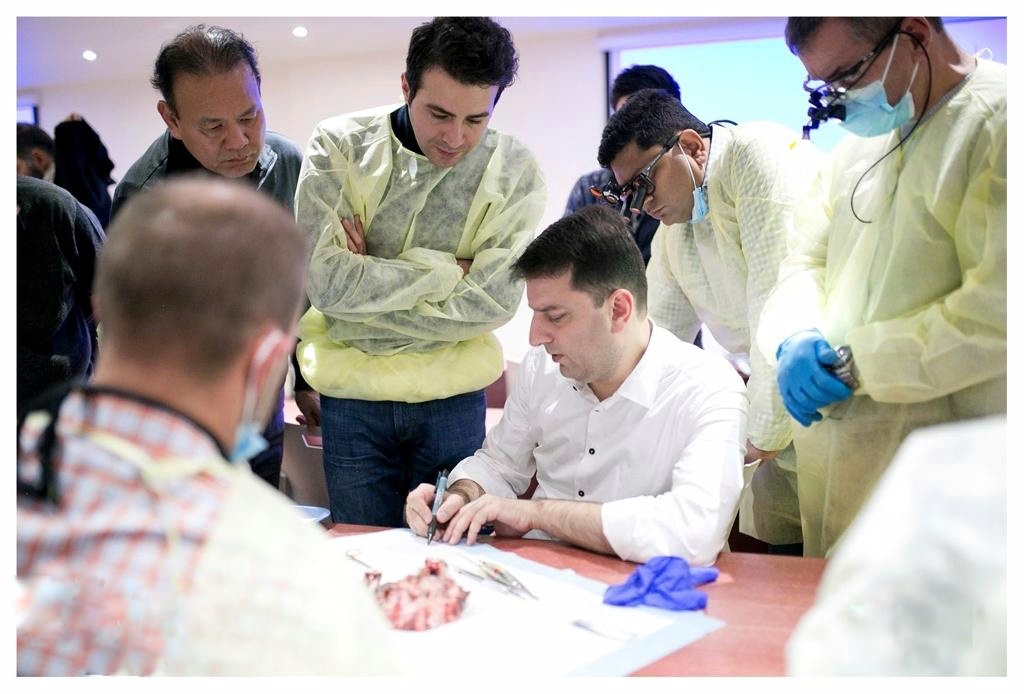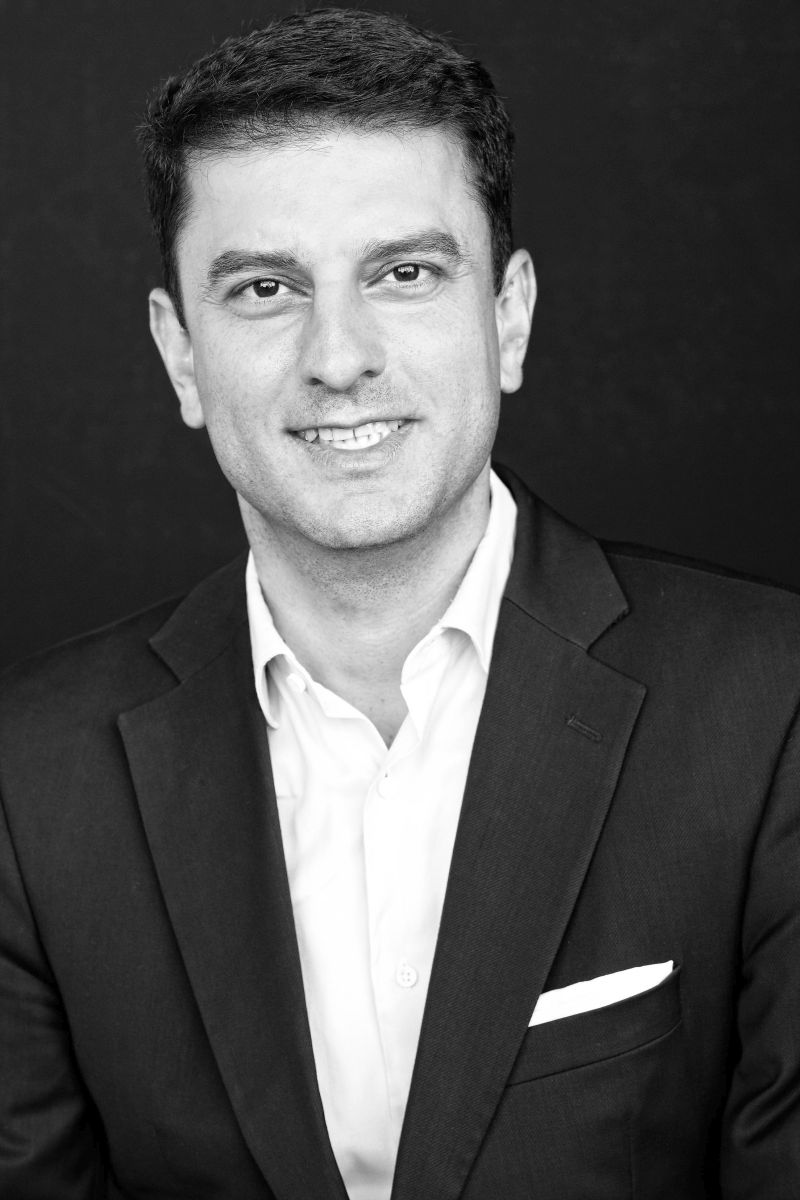When patients lose teeth in the posterior maxilla, alveolar bone resorption follows as a consequence of physiological bone remodelling following tooth loss and also from sinus cavity pneumatization towards the alveolar crest. These two processes usually result in limited availability for implant placement therefore requiring a maxillary sinus lifting procedure. Dental implants may be placed at the same time as the sinus augmentation procedure (one stage technique) or in two stages where the bone is augmented during the first surgical intervention and then the dental implants are placed after the appropriate bone volume has been created (two stage technique).
Sinus lifting procedure
The sinus lifting procedure consists of a combination of crestal incision with a mesial and a distal vertical incision that allows the elevation of a buccal flap to expose the lateral bone wall of the sinus. Afterwards a window is created in the lateral wall to access the Schneiderian membrane and the sinus cavity. The membrane is then carefully elevated in the apical direction which will create space for the graft material
Complications associated with sinus lifting procedures
1. Schneiderian membrane perforation
The most frequent intra-surgical complication of open sinus lifting is the perforation of the Schneiderian membrane during its dissection from the sinus bone walls with incidence rate 20-25% and 15% respectively. Their occurrence has been related to the presence of specific anatomical characteristics (minimum alveolar height, narrow sinus cavity), to the thickness of the membrane, and to the surgical technique (surgeon’s expertise, instruments employed)
The thickness of the membrane is reported to be the most common feature associated with membrane perforation. Healthy sinus mucosa has a thickness of 1mm. The occurrence of membrane perforations during surgery not only compromises the viability of the bone augmentation procedure but also increases the surgical time and incidence of postoperative complications which can lead to low implant survival rate.
2. Chronic rhinosinusitis
Rhinosinusitis is an inflammatory process of the mucosa surrounding the nose and paranasal sinuses frequently a viral, fungal or bacterial infection or an allergic episode. It can be classified as acute when lasting less than 12 weeks or chronic lasting more than 12 weeks.
It is a common complication following the sinus lift procedure as a consequence of bone graft or implant infection. It can also arise as a result of contamination of the maxillary sinus with bacteria from the oral cavity during surgery or due to ostium blockage caused by graft overfilling.
3. Hemorrhage
The blood supply of the maxillary sinus is provided by the maxillary artery which provides several branches that perfuse the sinus cavity and its surrounding tissues and structures such as the infraorbital artery. These vessels irrigate the Schneiderian membrane, the buccal tissues and the maxillary teeth. There is a potential risk of bleeding during sinus lift procedures if any of these arteries are damaged. When it’s damaged during surgery, hemostatic measurements have to be applied immediately to control the bleeding.
4. Overfilling (ostium blockage)
The sinus ostium communicates the maxillary sinus with the nasal cavity and is located in the inner wall of the sinus in an apical position. Its function is to maintain adequate drainage of the mucosal secretions of the sinus and to allow ventilation. Its blockage by overfilling with bone graft is a rare complication and should be avoided.
Sinus lift course and complications in implant surgery – with Dr Puria Parvini
20-21st October 2023, London

Learn indications and step-by-step surgical protocol for Sinus Grafting. Understand prevention & management of complications in implant dentistry and in sinus grafting. Hands-on sheep jaws with Piezosurgery
This course will focus on all stages of Sinus lift procedures from treatment planning to different surgical approaches including the lateral, crestal, piezo augmentation approach, Schneiderian membrane perforation repair and complication management in sinus lifting.
This program also provides the participants with surgical and implant protocols of how to successfully identify, prevent and manage various complications in oral surgery and dental Implantology.

About the Speaker
DR. PURIA PARVINI
Oral Surgeon, M.Sc. in Periodontology, M.Sc. in Implantology – German Association of Periodontology (DGParo)
Deputy Director, Clinical Lecturer & Supervisor at the Department of Oral Surgery & Implantology at Goethe University Frankfurt in Germany
What will you learn?
- Assessment and treatment planning of missing maxillary posterior teeth
- Anatomical and biological considerations and surgical approaches to the maxillary sinus
- Selection and application of graft materials for the maxillary sinus
- Develop hands-on experience by carrying out sinus lift techniques on animal heads
- Indications, guidelines and surgical protocols for sinus bone grafting: lateral and crestal approach
- Tips and protocols to provide predictable results and avoid complications in sinus augmentation
- Prevention and management of intra-operative and postoperative complications in dental Implantology, oral surgery and in sinus grafting.





